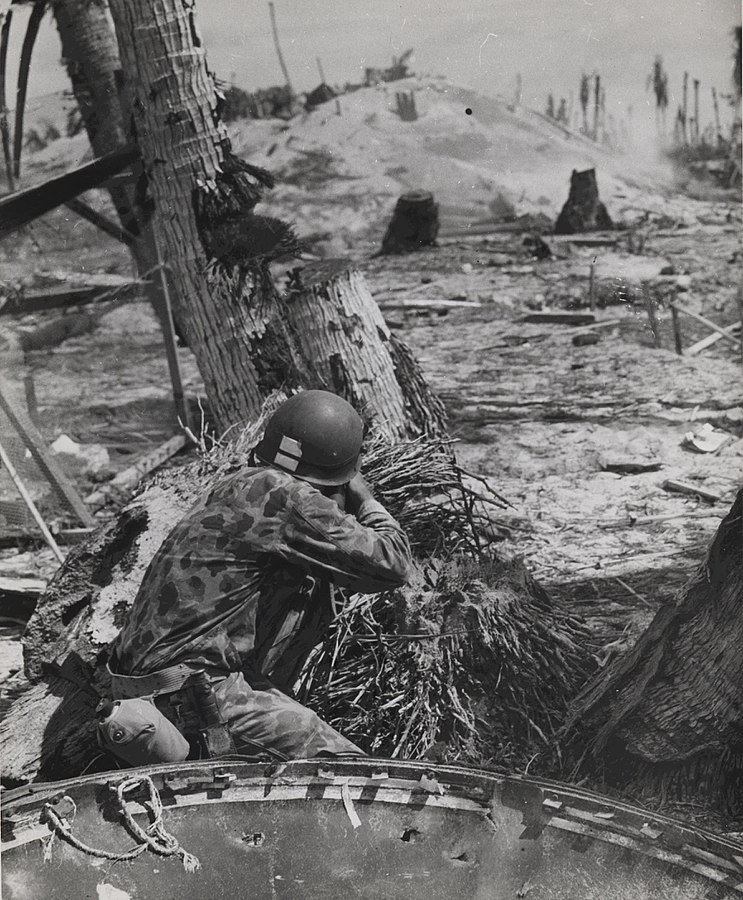The tiny atoll of Tarawa, one of the island chains that makes up modern-day Kiribati, looks much too peaceful and serene to have hosted the events for which it is famous. Made up of a long, narrow island shaped like a triangle missing one side, the lagoon formed by Tarawa’s missing side – only slightly submerged beneath the waves connecting the two farthest points of the island – is a tropical paradise.
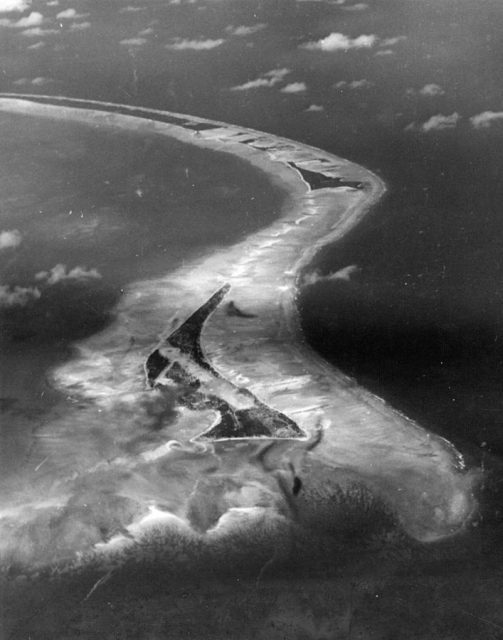
Miles of beaches facing the inside and outside of the island beckon vacationers to come and take in the sun and sea breeze; only the presence of the New Zealand Memorial to US Marines and Navy on Tarawa’s southwestern tip gives away the existence of a time that the island was far less welcoming to Western visitors.
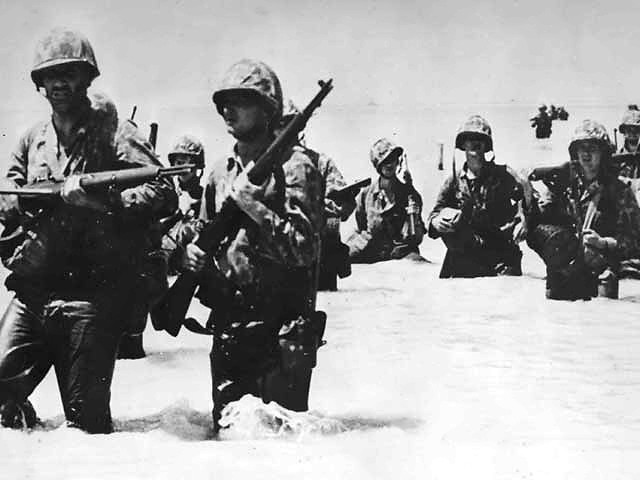
Over a period of three days beginning on November 20th, 1943, 990 American marines and 30 other Navy servicemen lost their lives mounting an ill-fated invasion of the island to wrest it from the Japanese.
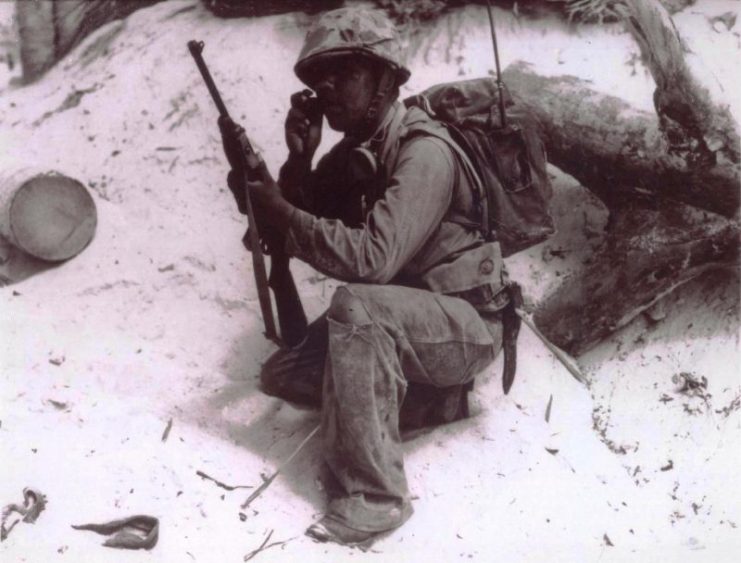
Arriving at low tide, the American landing craft were grounded hundreds of yards off shore amid blistering machine gun fire from the 4500 Japanese troops occupying the island and those who made it ashore did so wading through the surf in seawater up to their chests.
Fortified Japanese positions killed many of 18 000 Americans who struggled ashore, and once ashore the fighting would last for three days before the invaders prevailed.
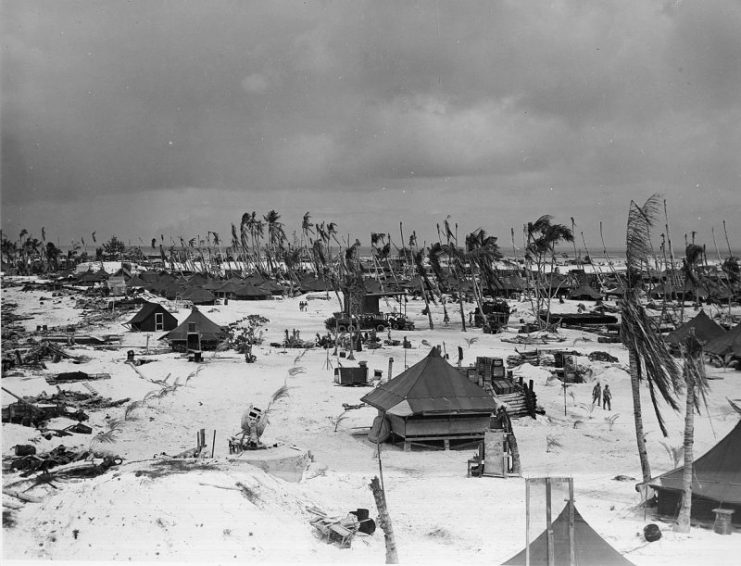
The Japanese defeat at Tarawa meant nearly complete destruction – only 17 Japanese soldiers remained alive by the end, and just over 90 percent of their 1200 Korean slave labourers were killed in the fighting.
While the American casualties on Tarawa was nearly the same as those they suffered during the six-month-long battle to seize Guadalcanal, the Japanese who met the Americans on the beach (fighting hand-to-hand in some cases) were slaughtered almost to a man. Only macabre speculation can account for the status of over half of the American dead as MIA – it is likely that many never made it out of the water.
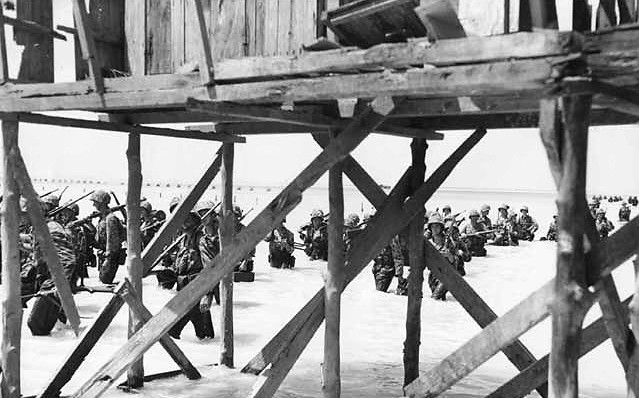
A recent research effort led by the private repatriation effort History Flight yielded the final resting places of 139 of these men, and under the supervision of the POW/MIA Accounting Agency, these men will be returned to their home soil and where possible reunited with their families. After locating the MIA soldiers using ground-penetrating radar, History Flight returned the first group of these men to Joint Base Pearl Harbour-Hickam on July 26, 2015.
Efforts began immediately to identify the fallen before their families were contacted, and a commemorative ceremony was held to honor the dead. Then-commandant of the United States Marine Corps Gen. Joseph Dunford spoke at the ceremony, paying homage to the casualties of “one of [the marines’] most significant and contested battles.”
“The lessons learned at Tarawa paved the way for our success in the Pacific campaign and eventual end to the war.”
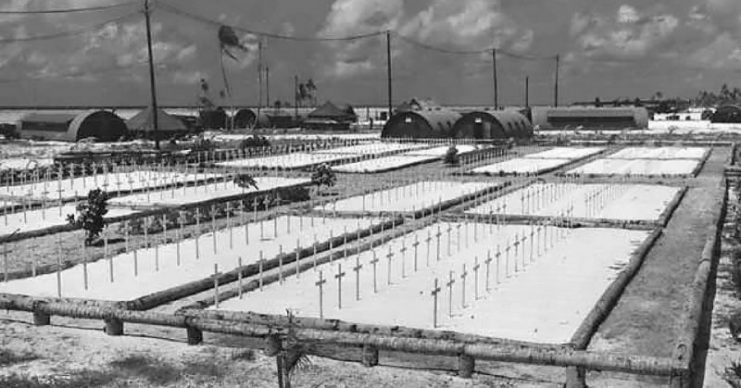
Those fallen soldiers who could be identified were buried with full military honours. Their repatriation marks the end of a nine-year-long mission involving a four-month excavation that ultimately cost several million dollars.
Although many of the repatriated marines will likely be returned to their descendants rather than the families they knew, those present at the repatriation ceremony insist that their memories live on in the success of the American campaign.
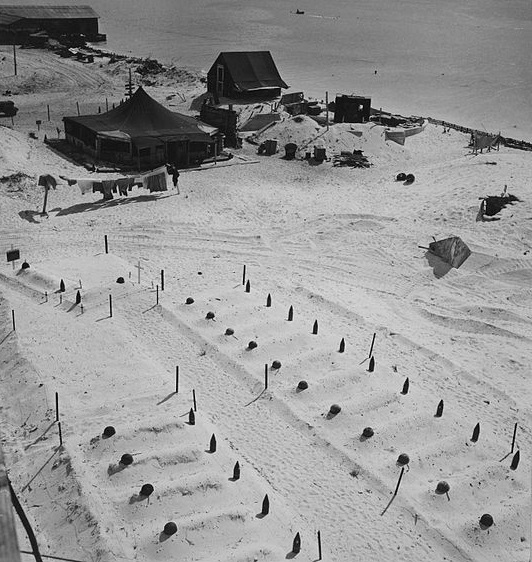
Dunford considers the battle a watershed moment in Marine Corps history and one of its major contributions to the WWII naval campaign.
“This battle demonstrated the indomitable fighting spirit of the marines.”
